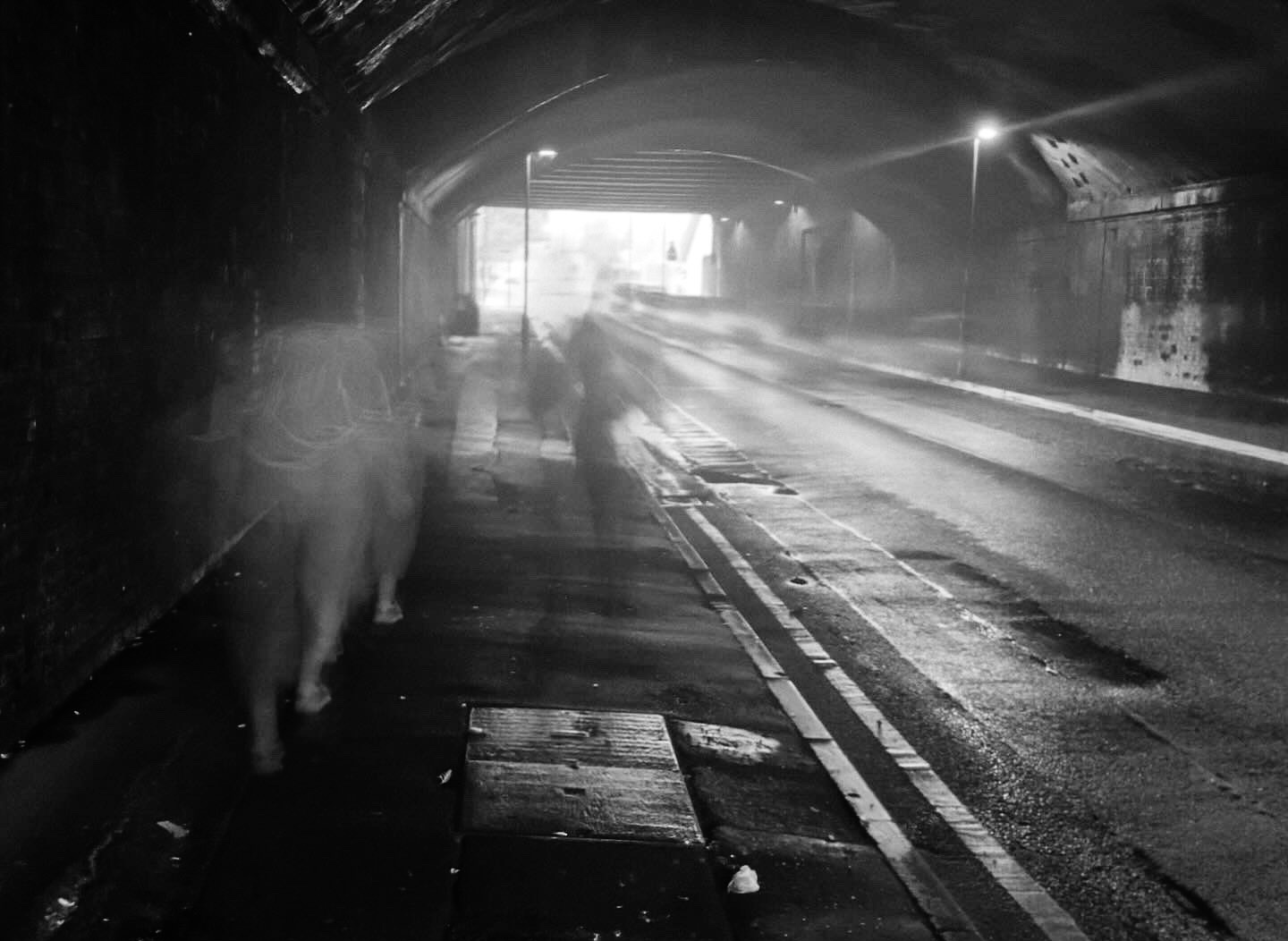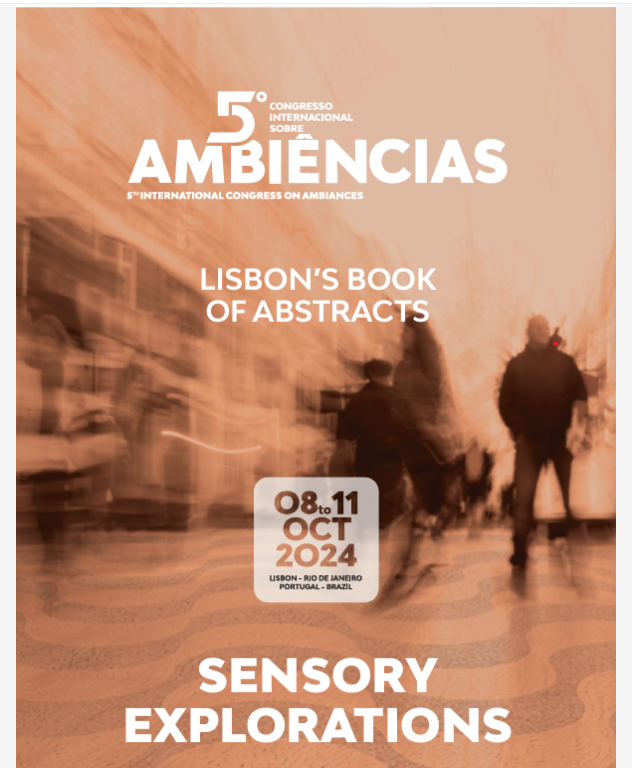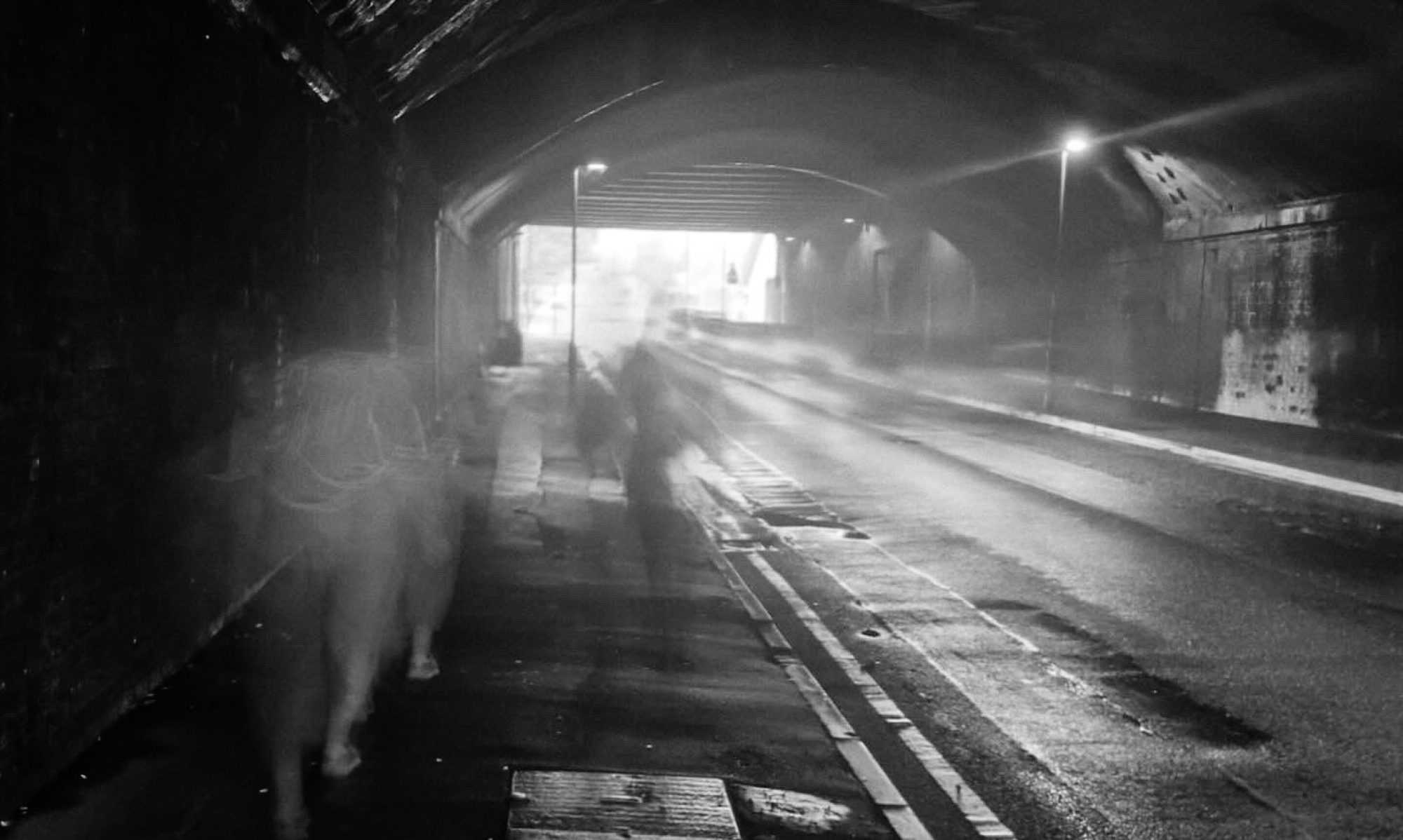I presented my first co-authored systematic review of Neurodivergent Sensory Experiences at the 5th International Congress of City Ambiences in Lisbon. The paper will be published in full in 2025, but I wanted to publish an accessible introduction here first!
This blog is interspersed with my photography of Manchester, taken whilst walking and exploring with my co-author, Dr Carolina Vasilikou.
Walking through a city—whether it’s commuting to work, attending classes, or meeting friends—becomes more than just a mode of transport; it’s a daily rhythm that connects us to our surroundings. However, for neurodivergent individuals, whose sensory experiences can differ from the typical, moving through urban spaces can be more complex.
 Ambience 2024, Bridge
Ambience 2024, Bridge
While there’s increasing awareness around designing indoor environments to support neurodivergent needs, outdoor urban spaces have received less attention. A 2023 report from Autistica highlighted how neurodivergent needs are often overlooked, and urban design standards still lack guidelines for accommodating sensory sensitivities. We know that sensory differences are a key part of neurodiverse experiences, so we’re shifting the focus: rather than asking why neurodivergent sensory experiences are different, we want to understand how these experiences interact with the urban environment.
Mapping a New Perspective: The ND Body in Motion
This project sets out to map research on neurodivergent (ND) bodies in motion, specifically looking at how walking and moving through a city feels for neurodivergent individuals. In exploring this, we’re developing what we call a “neurodivergent corpo-sensorial lens” or a specific way to view and understand how sensory experiences shape one’s relationship with the city, street by street. By focusing on walking as an experience, we propose a new term, “Neurodivergent corpography,” to capture this unique way of navigating space. This model reveals how urban areas can affect people differently depending on their sensory sensitivities, providing insights that could lead to more inclusive design.

Why This Matters: Sensory Sensitivity as Expert Knowledge
The neurodivergent experience offers something we call “expert knowledge” of sensory awareness—those who live with heightened sensory perception have a rich, often untapped perspective on how urban spaces can be reimagined to be more inclusive. When we take this expertise seriously, we create opportunities to design spaces that go beyond a single, “one-size-fits-all” experience, opening the door to a range of sensory-inclusive urban environments. Imagine it: rather than creating spaces that work for the majority, what if cities were designed to accommodate a variety of sensory needs?
Current Gaps and Alternative Approaches
One of the key issues we’ve identified in current research is a lack of engagement with the human side of neurodiversity. The focus often remains on normative, neurotypical ways of moving and communicating. However, neurodivergent perspectives can teach us about alternative “rhythms” of experiencing the city—subtle differences in perception that bring new layers to our understanding of urban spaces.
This review also emphasises the importance of creative methods that go beyond spoken or written language, using visual or physical expressions to capture difficult verbalised experiences. These methods invite us to consider how design guidelines might become more inclusive, capturing urban spaces’ sensory tones through various experiences.

Towards a Framework for Place-Specific Design
Ultimately, this project aims to develop a new framework for inclusive urban design that is specific to each place. Neurodivergent perspectives allow us to question what “inclusive” means by considering the unique sensory dynamics of each location. With this framework, urban spaces can move towards truly welcoming all kinds of experiences, redefining inclusivity through sensory-aware, place-specific guidelines.
By listening to neurodivergent voices and exploring how these individuals sense and feel space, we’re setting the stage for cities that invite everyone in, offering an experience of connection rather than alienation. After all, the act of walking through a city should be a rhythm with which we can all feel in harmony.
The full academic paper will be published in 2025 and was produced by myself and Assistant Professor Carolina Vasilikou and presented at the 2024 5th International Congress of Ambiences in Lisobon.


